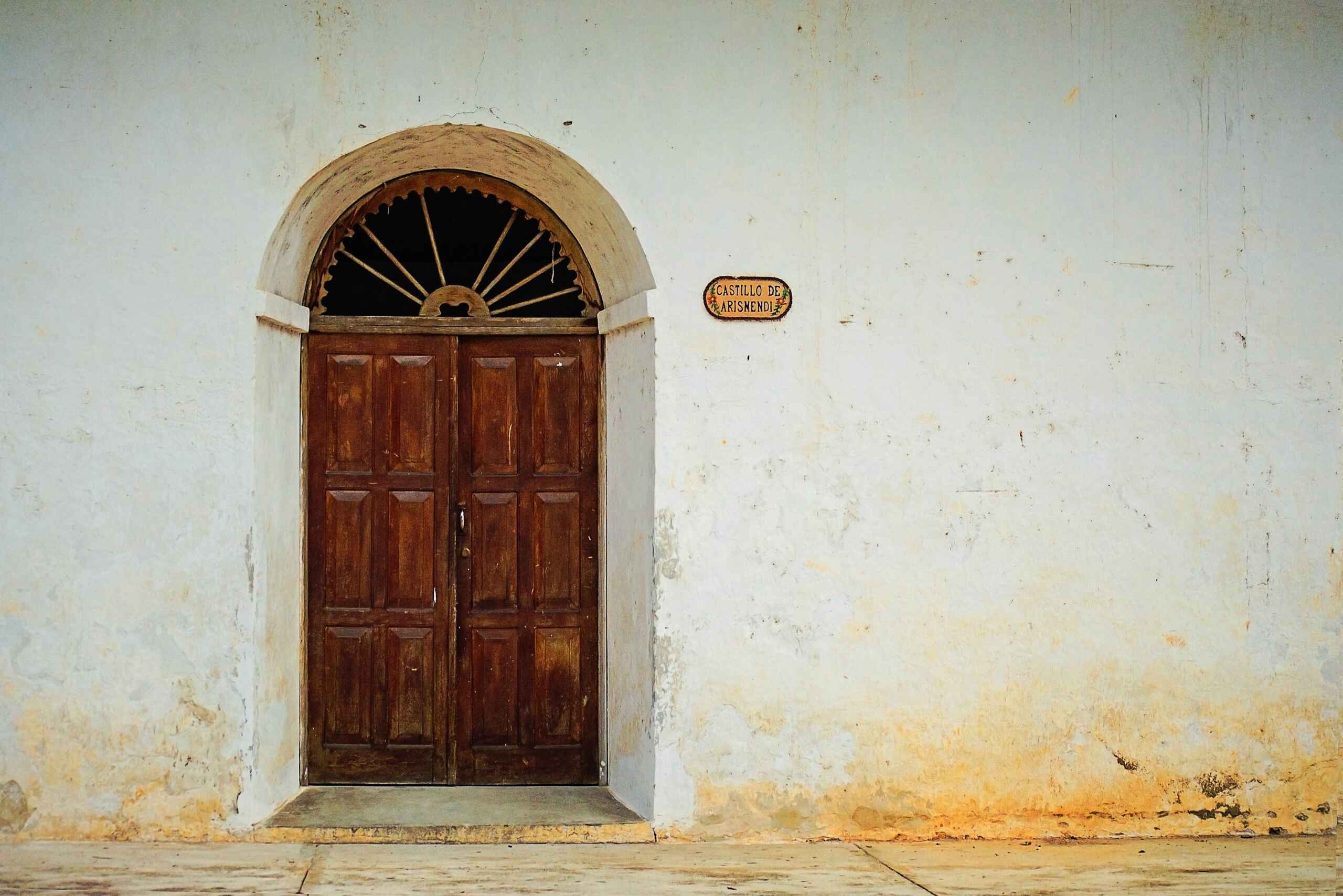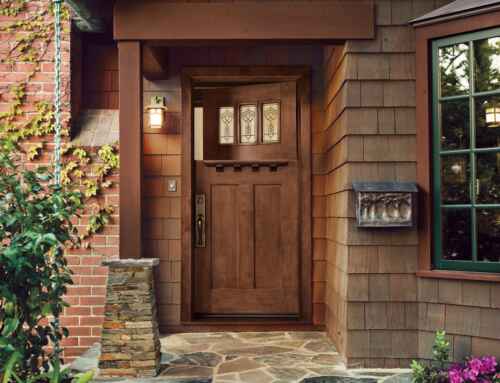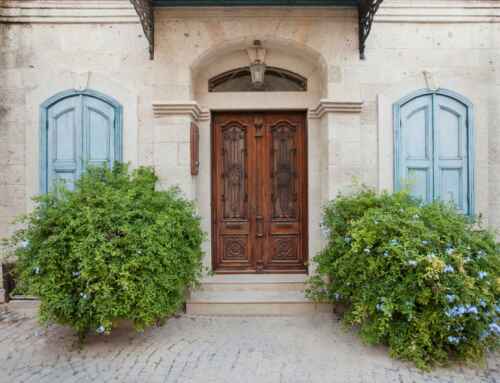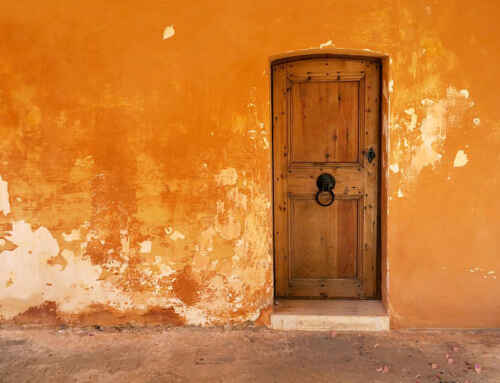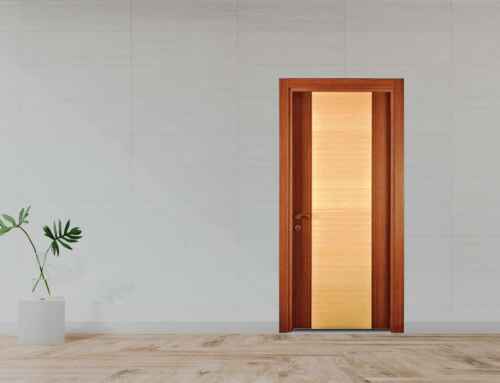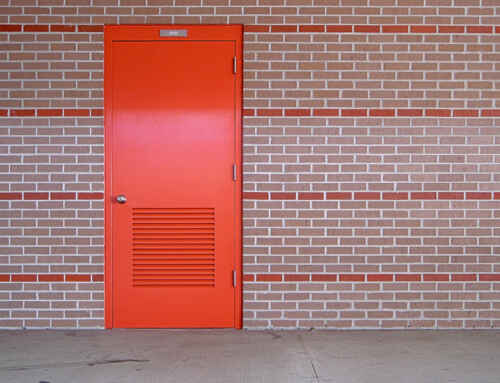Doors are a daily use product. They provide security, privacy, and even aesthetic benefit. However, we never consider who invented the doors. Doors, like everything else, have a long history, but little is known about the man who invented this crucial component of contemporary construction. The following is a condensed summary of the history of doors.
who is the first one?
Egyptian tomb paintings from 4000 years ago provide the first known history of doors. Nobody knows who invented the door, all we know is that it was invented in central Egypt. A false door was a wall decoration that appeared like a window in ancient Egyptian architecture. It was prevalent in tombs and signified an entrance to the afterlife.
Aside from the Egyptians, ancient Roman and Greek populations were also involved in the construction of the first doors. Sliding and double doors were a common feature in temples as early as 79 A.D., according to ruins from Herculaneum and Pompeii in ancient Rome.
The Janus Germinus is a well-known Rome door that serves as a temple to the Roman deity Janus. It is a basic rectangular bronze building with twin doors at each end that was closed during peacetime and opened during wartime.
Automated Doors
Meanwhile, the first automatic door is said to have originated from Alexandria, Greece, and was invented by Heron, a mathematician born approximately 10 A.D. Speaking of automated doors, the Chinese are credited with inventing the earliest foot-activated door during the era of Emperor Yang of Sui. Later, in 1206, Arab innovator Al-Jazari invented the first automated gate.
Not Just A Door:
“The Symbol at Your Door” was prominent in medieval periods, particularly in the 12th and 13th centuries. Reputation, prominence, position, and riches may all be represented by different seals. These doors were made from whatever materials were available in the area, and copper and bronze were common in medieval construction – the most common foundation material for doors being sturdy wood.
Whether for a cathedral or a palace, the doors were made of plywood and fastened together with steel studs, strengthened with steel iron bands all designed to withstand minor stresses.
Materials and Styles of Doors
In medieval times, the most popular material for door building was wood, particularly oak. Regardless, each location employed whatever materials were available, with bronze, copper, and brass being widely available throughout the Middle East, Asia, and Europe.
Stone doors, on the other hand, were prevalent in regions of the Middle East such as Syria and Iraq, where lumber is scarce. Some of the first stone doors in these areas stood 9 to 10 feet tall.
Doors with a wooden core grew less and less common at the end of the first millennium A.D., while copper and its alloys became the favored material. Bronze was utilized as the primary material for door trimmings, with purified copper being used for the frame and hardware. Copper and bronze were the preferred materials well into the Renaissance period.
Doors took on an especially aesthetic flare during the beginning of the 16th and 17th centuries. This period was characterized by classic Greek and Spanish designs. Realistic imagery of birds, flora, and hills was used to decorate the doorways of cathedrals, town squares, palaces, and other public structures. On the doors, intricate carvings, sculptures, and Biblical passages were especially popular.
Innovations in Modern Doors:
Door designs have progressed from single or double leaf and folding kinds to more complex developments by the late nineteenth century.
The rotating door exemplifies the period’s spirit of invention and workmanship. The world’s first wooden revolving door, created by American inventor Theophilus Van Kannel, was erected at the Rector restaurant in Manhattan in 1899.
Other advancements in the door business were inspired by the development of the rotating door. Several entrepreneurs arose around the turn of the twentieth century to create the first hollow-core steel doors, which were marketed as having higher fire resistance than timber doors.
Aluminum and fiberglass were prominent materials for commercial and residential doors in the years that followed. These two materials are lighter and simpler to work with than steel, and they provide unsurpassed endurance when compared to a traditional material like wood.

